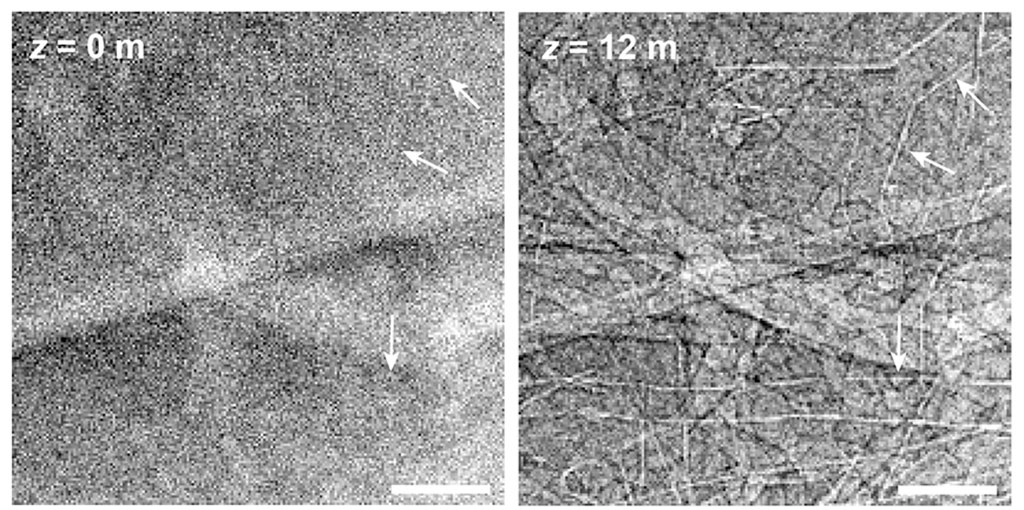Advanced X-Ray Imaging Technique Could Detect Early-Stage Lung Disease
Posted on 20 Feb 2023
Chest radiography used by clinics and hospitals plays an important role in detecting respiratory diseases like asthma or chronic obstructive pulmonary disease (COPD), but is fundamentally limited by the way in which it generates images. Now, a new research study shows that an imaging process used mainly in research labs could detect early-stage lung disease if developed for use in hospitals and clinics.
Researchers from KTH Royal Institute of Technology (Stockholm, Sweden) have used a model simulating the human chest to test how phase-contrast X-ray imaging could be used on human lungs. The team found that phase-contrast chest radiography is capable of visualizing the smallest airways - measuring less than 2mm - and their disease-related obstructions. These details fail to show up in conventional radiography, according to the researchers. Currently, research labs employ phase contrast imaging using equipment only for imaging centimeter-scale samples of soft tissue. However, the latest study demonstrates that by engineering the technical demands for clinical use, it could be possible to do more with phase-contrast X-ray imaging. Using the phase-contrast technique employed in the study, clinicians could view subtle pathological changes that otherwise cannot be seen with conventional X-ray imaging.

In conventional radiography, the X-ray beam passes through the body, where it is absorbed along the way in different tissues by varied amounts. A detector on the other side measures the intensity of the beam - or what is left of it - after it has been filtered through the body. This process, known as attenuation, is the basic mechanism for providing the contrast that makes X-ray images useful. The phase-contrast technique is a method for extracting more information from each X-ray beam because it is possible to measure differences in the waveforms of X-rays that pass through a sample. X-ray beams encounter atoms and other structures that can change the position of the wave at any point in time - the phase - in relation to a reference wave. This phase information is used to generate an image that enhances structures in the sample, which in the human chest highlights the boundaries of bronchial walls and small airways with higher contrast and better resolution. One key to the method is to move the detector further away from the patient. However, developing equipment for imaging larger samples will take time, according to the researchers.
“The chest radiography that clinics and hospitals use today plays an important role in detecting respiratory disease, but it is fundamentally limited by the way in which it generates images,” said Ilian Häggmark, a researcher at the Department of Applied Physics at KTH Royal Institute of Technology and the study’s lead author. “Phase-contrast X-ray imaging can extract more information at higher resolution using the same amount of radiation dose as in conventional radiography.”
Related Links:
KTH Royal Institute of Technology






 Guided Devices.jpg)







